Dogs can’t eat these foods.
The canine body and digestive system are very different from our own so foods that are safe for us can prove toxic to a dog. It is vital to remember that dogs and especially puppies are inquisitive, opportunistic creatures and are likely to eat anything that they come across. Below is a list of food to avoid, and if your dog does consume it by accident, contact the vet immediately. If possible, it is always helpful to take any packaging you have on hand so the vet can see exactly what has been consumed, the ingredients and how much has been consumed.
The toxicity of many foods is a fantastic reason to teach your dog a strong ‘leave it’ cue so that you can hopefully avoid any situations where your dog may pick up these foods! Where possible, always keep food and medication out of the reach of dogs (especially those with counter surfers or greedy Labradors!).
1. Xylitol
Xylitol is a calorie free sweetener widely used in products such as sugar free gum. If consumed, it causes an insulin surge which can lead to a rapid and severe drop in blood sugar levels. Symptoms include lethargy, vomiting, loss of coordination, seizures and in extreme cases, death. Xylitol can be found in foods such as peanut butter, chewing gum and lots of types of sweets.
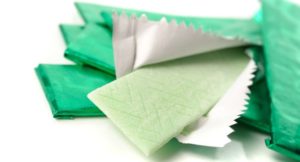
Foods to avoid – chewing gum
2. Avocado
Avocado pits present a real choking hazard for dogs! On top of this, avocado plants contain persin in their leaves, seeds, bark and fruit. Persin isn’t harmful to humans but in large quantities, it can be toxic to dogs. Pectin toxicity can cause upset stomachs, breathing difficulties and fluid build-up in the chest.

Foods to avoid – Avocado
3. Alcohol
Dogs are far more sensitive to alcohol than humans. Ingesting small amount of alcohol can cause significant intoxication.
4. Onions and Garlic
All close members of the onion family contain compounds that cause damage to the red blood cells. Rule of thumb is ‘the stronger it is, the more toxic it is’ – garlic is more toxic that onion based on weight. Symptoms can include weakness, vomiting, breathlessness and loss of interest in food.
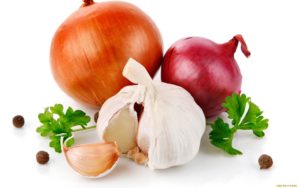
Onions and Garlic contain toxic substances which are toxic to dogs
5. Coffee, Tea and other caffeine
Caffeine contains a stimulant known as methylated xanthine. This stimulant causes a stimulation of the nervous system of the dog which can lead to restlessness, vomiting, heart palpitations and in extreme situations, death.

Not good for your dog
6. Grapes and Raisins
Grapes and raisins have been associated with rapid kidney failure in dogs. Toxins can take up to 12 hours to become apparent. We don’t know what chemicals and compounds are causing the toxicity but it is very apparent that the effects of consumption can be devastating.
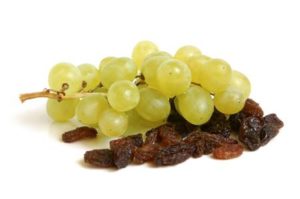
Raisins and Grapes can be highly toxic
7. Milk and other Dairy Products
Dogs don’t have the enzymes required to break down the sugars found in dairy, effectively rendering the dog lactose intolerant. Just like in humans, consuming dairy when you are lactose intolerant can cause vomiting, diarrhoea or gastrointestinal issues! Diary is also high in fat and can lead to issues such as pancreatitis.

Some dogs can be allergic to dairy products
8. Macadamia Nuts
The specific chemicals that cause issues are still unknown but it is known that macadamia nuts can cause a toxic reaction in dogs if ingested. Although unlikely to be fatal, it can cause very uncomfortable symptoms such as weakness and inability to walk, vomiting, staggering gait, depression, tremors and hypothermia for up to 48 hours.
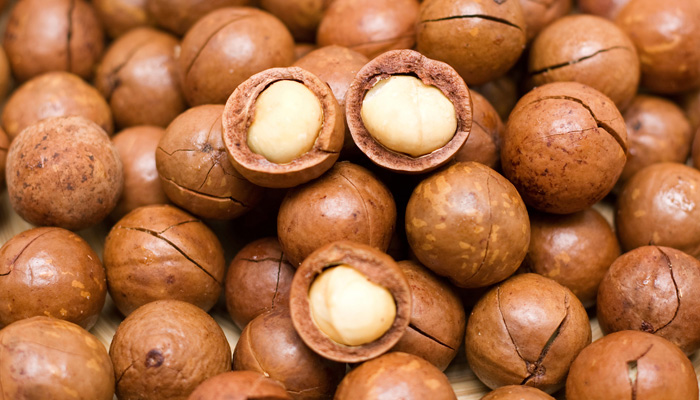
Many nuts are toxic for dogs
9. Chocolate
Chocolate is very poisonous to dogs and can cause serious illness and even death when consumed in large quantities. The compound that causes all the problems is called theobromine and is found in cocoa. Theobromine is found in most products containing any form of chocolate, including cocoa powder and cocoa shell-based products. Theobromine doses in the region of 100-150mg/kg bodyweight are toxic to dogs. For a Labrador (around 30kg bodyweight) – a fatal toxic reaction is likely to occur if they have consumed:
170 g Baking Chocolate
500 g Dark Chocolate
1 kg Milk Chocolate
Symptoms of chocolate poisoning usually occur between 4 and 24 hours after consumption and can consist of vomiting, diarrhoea, rapid breathing, increased heart rate and even seizures in extreme circumstances.

Chocolate is toxic to dogs
10. Fat Trimmings and Cooked Bones
Cooked bones can easily splinter when chewed. These splinters can then become stuck in the intestines. This includes pieces of fish that may contain bones. Raw bones are much better and are good for the teeth. High fat foods like bacon, ham and meat trimmings can cause pancreatitis in dogs. Some of these meats are often high in salt content too which is also not good – see below!
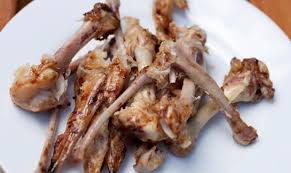
Never give your dog any cooked bones
11. Persimmons, Peaches, Plums, Pears, Apricots and Apple Cores
The cores of these fruits can contain compounds called cyanogenic glycosides, also known as cyanide. Symptoms of ingesting this toxin can include dizziness, shortness of breath, seizures, collapsing, hyperventilation, shock and even coma.

The cores of these fruits can contain compounds called cyanogenic glycosides
12. Salt
Salt can cause sodium ion poisoning excessive thirst and urination. Eating too much salt can cause vomiting, diarrhoea, high body temperature and seizures. Due to salt causing excessive thirst, dogs can drink too much water and this can lead to bloat which can be fatal.

Salt can cause sodium poisoning
13. Raw Bread Dough and Yeast Dough
Bread dough made with live yeast can be hazardous if ingested by dogs. The warm, moist environment allows the yeast to multiply causing the stomach to expand. As yeast multiplies, alcohol is also produced which can lead to intoxication.

live yeast can be hazardous
14. Human Medicines
Despite what you hear on the internet, it is never advisable to give your dog human medication and you should always consult a vet. The physiology of a dog is very different to that of humans so compounds are digested and utilised in a different way. Although medications such as paracetamol and ibuprofen may act as pain relief for us, ibuprofen can cause serious harm to dogs leading to internal bleeding (which can be vomited up).

it is never advisable to give your dog human medication
15. Mushrooms
Just like with humans, lots of wild mushrooms can be poisonous so be extra vigilant when out on walks where mushrooms may grow.
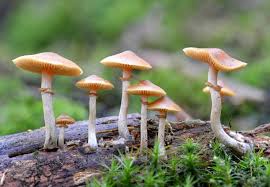
lots of wild mushrooms can be poisonous
16. Hops
Cultivated hops used for brewing beer are associated with life-threatening signs in dogs. Both fresh and spent (cooked) hops are dangerous.
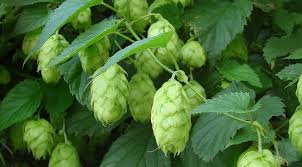
Both fresh and spent (cooked) hops are dangerous
17. Mouldy Foods
Some moulds produce toxins called tremorgenic mycotoxins which can cause serious problems if ingested. As it is not possible to determine which moulds produce this, extra care must be taken to remove anything growing mould from your dog’s environment such as fallen fruits or nuts.
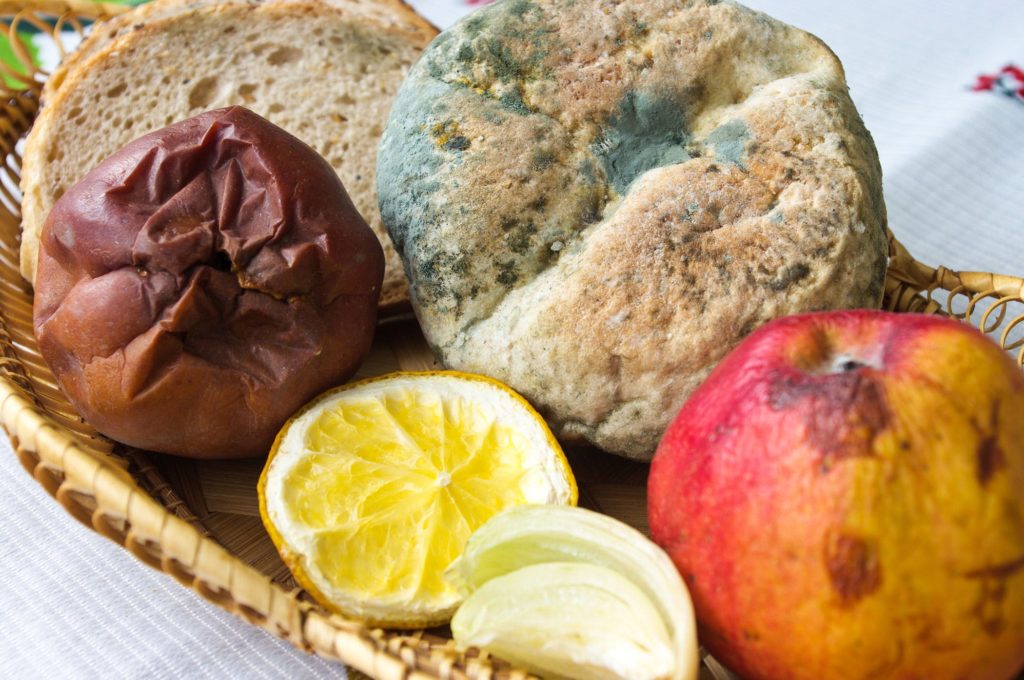
Some moulds produce toxins called tremorgenic mycotoxins

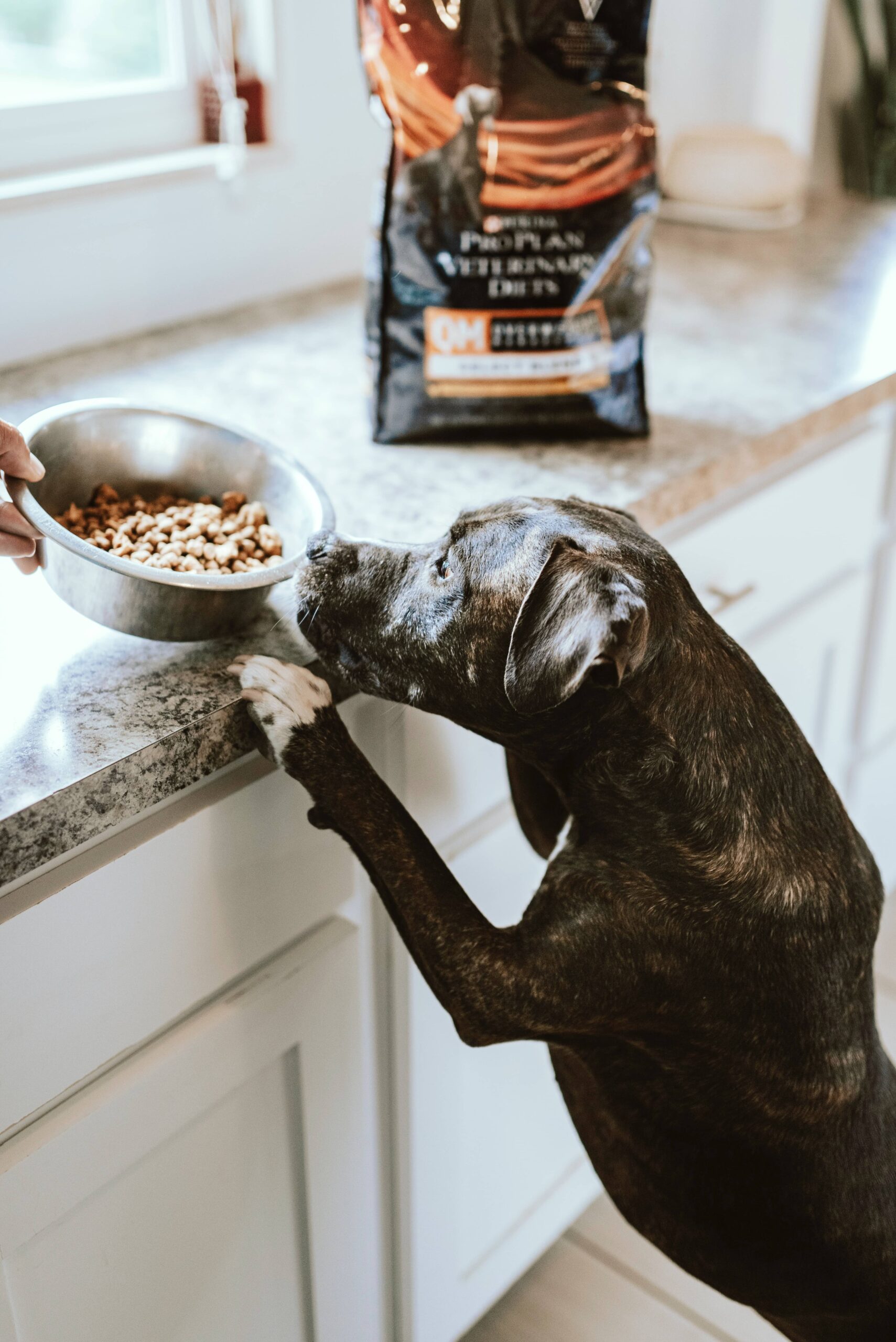



Leave A Comment